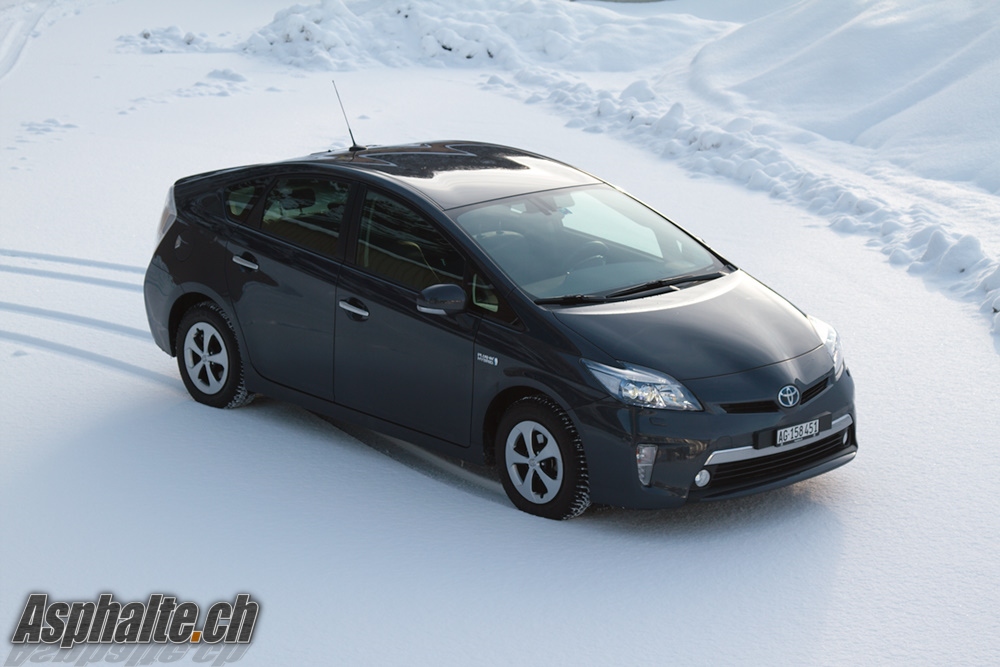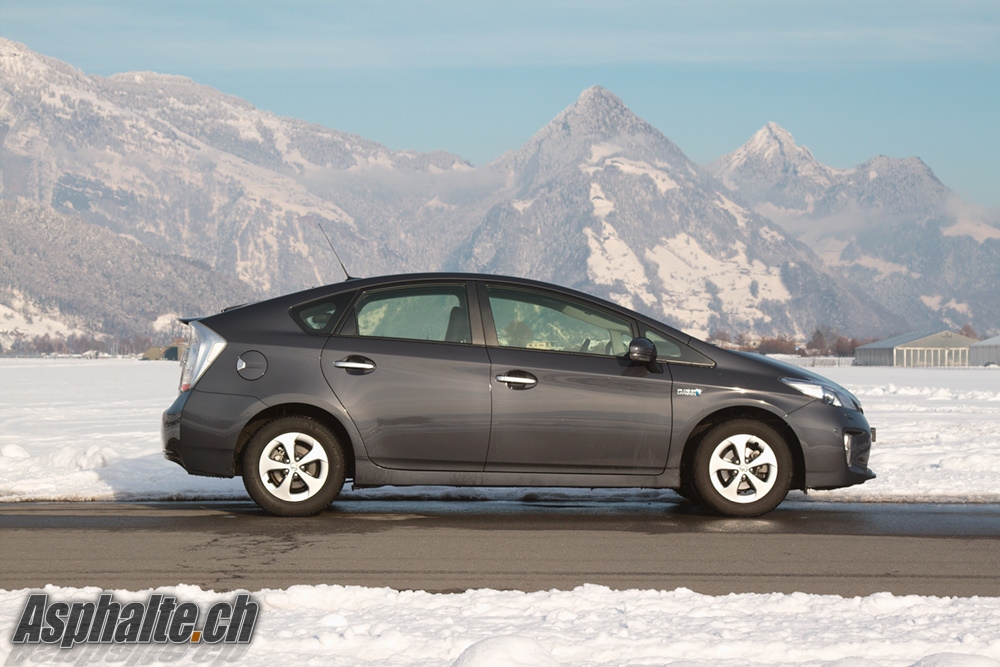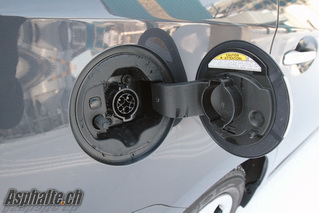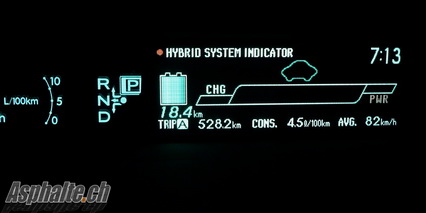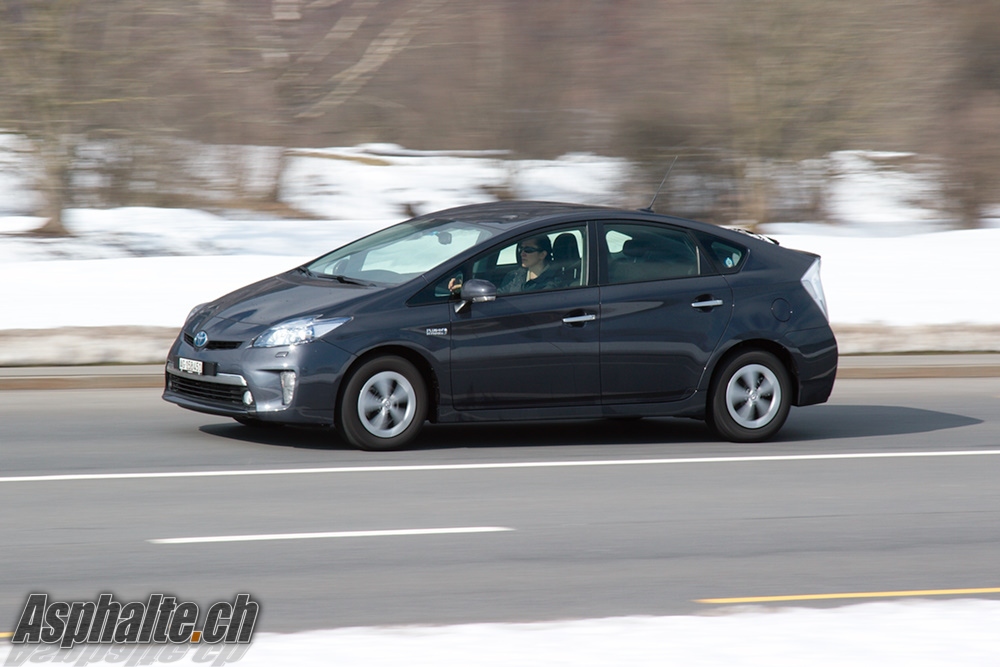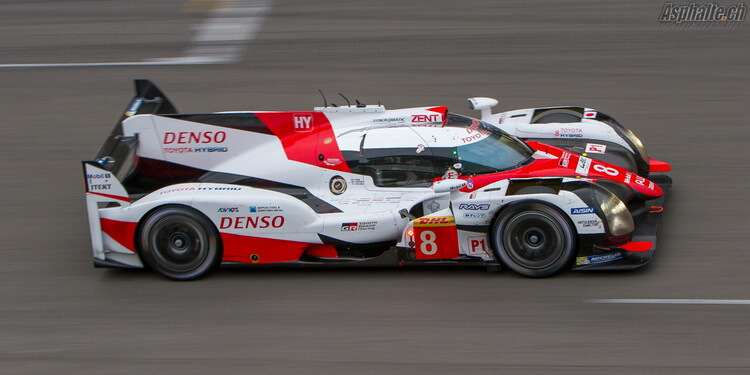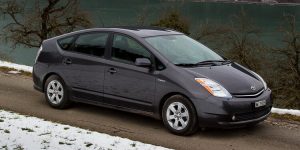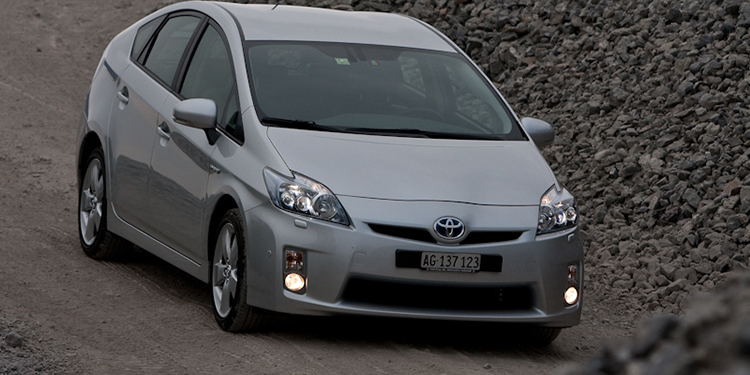Road test: Toyota Prius 3 Plug-In Hybrid
Toyota follows competition with a plug-in rechargeable variant of the Prius.
With more than 5 million hybrid cars sold as of December 2012, Toyota is not only the largest car manufacturer in the world, but also the undisputed leader for a technology that has gone mainstream. It is however with apparent reluctance that the Japanese company moved to launch a plug-in rechargeable version of the Prius, and the competitive pressure coming from General Motors with the Chevrolet Volt (badged Opel Ampera in Europe) and Nissan Leaf probably were contributing factors.
After a large scale test in several markets with a fleet of several hundred cars, Toyota proceeded to the commercial launch of the rechargeable Prius early 2012. As show in the table below, the selected option does not radically increase the battery capacity over a standard Prius III, especially when compared with the Opel and Nissan products where a much larger electric range were part of the technical brief.
| Battery packs | Toyota Prius III Plug-In | Toyota Prius III | Opel Ampera | Nissan Leaf |
| Chemistry | Lithium Ion | NiMH | Lithium Ion | Lithium Ion |
| Max Energy | 4.4 kWh | 1.3 kWh | 16 kWh | 24 kWh |
| Weight | 76 kg | 37 kg | 198 kg | 294 kg |
It is important to stress that the maximum energy content listed in this table are theoretical. Out of concerns over battery longevity, manufacturers only use a fraction of the total available charge. For instance, we only managed to inject 3.2 kWh of electricity into our test car, from which one must substract thermal and efficiency losses during the charging process. Counting on an estimated 75% efficiency ratio, useful energy is probably only 2.4 kWh, or a smidge over half of the total capacity of the Lithium Ion battery pack.
Charging the Prius on a standard power socket is easy and trouble free. We did not experience any issue at our usual charging locations, the process completes in about 90 minutes at an average 10A of current. Our car drew an average of 3.054 kWh as reported by our external current meter. It is easy also to program the car to charge at a set time during the night and thereby to benefit from the cheaper electricity prices.
Toyota claims a maximum electrical range of 25 kilometers, a distance we nearly managed to replicate, but at the price of extreme eco-drive measures: flat route, extremely gently acceleration, absence of traffic and cruise speed below the limit. By adopting a more realistic – though eco-friendly – driving style, we reached 19 km on flat suburban commutes, and only 14km with a mix of down- and uphill city streets in Lausanne, in spite of a net zero altitude change.

